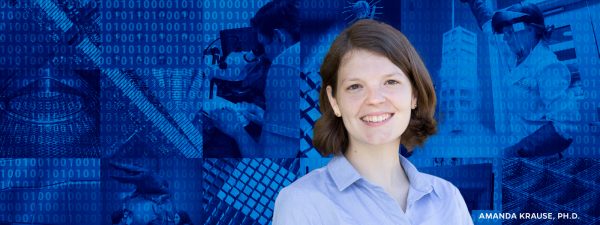Ceramics have been used for everything from wall tiles and glassware to artificial hip joints, cruise missiles and the thermal tiles for NASA’s space shuttle. It should come as no surprise, as a long list of benefits including low electrical conductivity, high melting points and exceptional resistance to chemicals make ceramic materials ideally suited for all of these applications.
While innovations in advanced ceramics have progressed over the past several decades, many of its traditional downsides still remain. For instance, the lighter weight and high temperature resistance that make today’s hi-tech ceramics ideal for aircraft turbines still comes at the price of an arduous and costly manufacturing process. Additionally, along with ceramic’s inherent strength and hardness comes a susceptibility to total failure under the extreme load conditions of heat, steam and forces under which those same aircraft turbines regularly operate.
Preventing that failure is at the heart of the latest research for UF Department of Materials Science & Engineering (MSE) Assistant Professor Amanda Krause, Ph.D., and her team consisting of UF MSE colleague Michael Tonks, Ph.D., Joel Harley, Ph.D. from UF’s Department of Electrical and Computer Engineering and Michael Kesler, Ph.D. from Oak Ridge National Laboratory. Backed by a $1.26 million award from the U.S. Department of Energy’s (DOE) Basic Energy Sciences (BES) program, Dr. Krause feels that artificial intelligence (AI), specifically machine learning, may hold the key to predicting why one particular grain expands abnormally while the ones next to it quickly succumb.
“The DOE was interested in looking at materials’ behavior in extreme environments like temperature or magnetic and electrical fields. Our project deals with both high temperatures and magnetic fields,” said Dr. Krause.
Ideally, the microscopic grains that make up any material’s structure are relatively uniform in size throughout a given sample — which is usually the case at normal temperatures. The problem comes when a material, such as Alumina, is heated to extreme temperatures or placed under some other means of undue stress. When that occurs, these microscopic grains start to expand in size. While this growth is expected, what can’t be predicted is which grains, if any, will enjoy a special advantage that leads them to absorb their neighbors at an accelerated rate. This abnormal grain growth can lead to areas of weakness or instability in the material’s structure.
Michele Manuel, Ph.D., Chair of UF’s Department of Materials Science & Engineering, is excited about the potential breakthroughs that harnessing AI’s powerful data analytics capabilities could uncover. “The term game-changing comes to mind, because that is exactly what this research is capable of doing,” Dr. Manuel said. “Unlocking the secrets of abnormal grain growth, in any material, will lead to incredible advances in materials science and engineering we’ve only dreamed about up to this point.”
Dr. Krause agrees.
“If machine learning can eventually recognize and predict abnormal grain growth, the next step from there is to ultimately control grain behavior not only during the manufacturing process but also during the material’s implementation,” Dr. Krause said. “At that point, we can then engineer newer, even better components with far superior strength and fracture toughness properties than what we’re seeing from today’s most advanced ceramic materials.”
